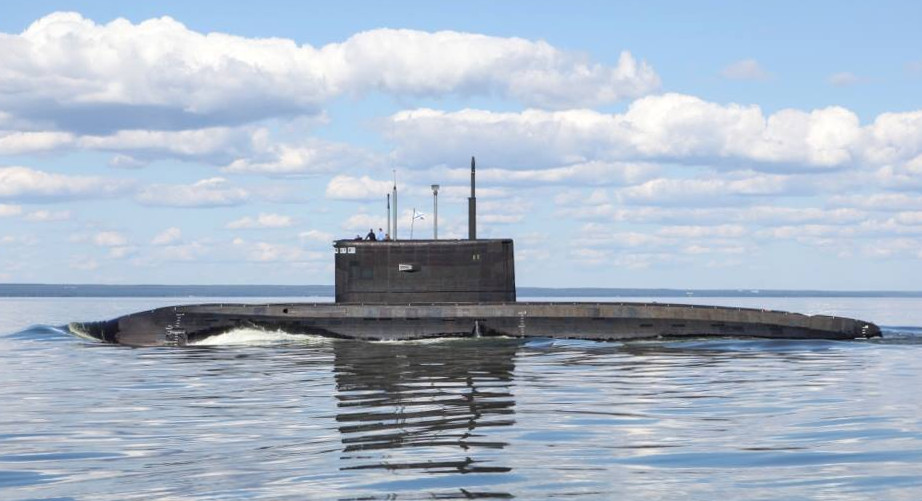|
Warszawianka (ice Hockey)
Warszawianka may refer to: * ''Warszawianka'' (1831), Polish patriotic song originally written in French as ''La Varsovienne'' in 1831 * '' Whirlwinds of Danger'' or ''Warszawianka'' (1905), Polish revolutionary song originally written in Polish in 1879, popularized in Poland in 1905 and later in other countries * Warszawianka, Masovian Voivodeship, a village * KS Warszawianka, a Warsaw sports club, 1921–1971 * Project 636 Varshavyanka, an Improved Kilo class submarine * ''Warszawianka'' (TV series), a 2023 Polish streaming television series {{disambig ... [...More Info...] [...Related Items...] OR: [Wikipedia] [Google] [Baidu] |
Warszawianka (1831)
"Warszawianka 1831 roku", "La Varsovienne" ("The Varsovian 1831") is a Polish patriotic song written by Casimir François Delavigne with music by Karol Kurpiński. History The song was written in support of the November Uprising of 1830–1831. The French poet Casimir Delavigne was fascinated and inspired by the news of the uprising making its way to Paris and wrote the words, which were translated into Polish by the historian, journalist, and poet (great-uncle of novelist Henryk Sienkiewicz). It contains several stylistic allusions to "La Marseillaise" in the lyrics e.g. ''Aux armes, citoyens'' (in "La Varsovienne": ''Polonais, à la baïonnette''). The song was performed for the first time on 5 April 1831 at the National Theatre in Warsaw and immediately started to enjoy great popularity. The song is sometimes confused with a later Polish revolutionary song of the same name (often referred to in Polish as "Warszawianka 1905 roku" or ‘the Varsovienne of 1905’, sometimes ... [...More Info...] [...Related Items...] OR: [Wikipedia] [Google] [Baidu] |
Whirlwinds Of Danger
Whirlwinds of Danger (original Polish title: Warszawianka) is a Polish socialist revolutionary song written some time between 1879 and 1883. The Polish title, a deliberate reference to the earlier song by the same title, could be translated as either The Varsovian, The Song of Warsaw (as in the Leon Lishner version) or "the lady of Warsaw". To distinguish between the two, it is often called "Warszawianka 1905 roku" ("Warszawianka of 1905"), after the song became the anthem of worker protests during the Revolution in the Kingdom of Poland (1905–1907), when 30 workers were shot during the May Day demonstrations in Warsaw in 1905. According to one version, Wacław Święcicki wrote the song in 1879 while serving a sentence in the Tenth Pavilion of the Warsaw Citadel for socialist activity. Another popular version has it written in 1883, immediately upon Święcicki's return from exile in Siberia. By the beginning of the next decade the song became one of the most popular revol ... [...More Info...] [...Related Items...] OR: [Wikipedia] [Google] [Baidu] |
Warszawianka, Masovian Voivodeship
Warszawianka is a village in the administrative district of Gmina Lesznowola, within Piaseczno County, Masovian Voivodeship, in east-central Poland. References Warszawianka {{Piaseczno-geo-stub ... [...More Info...] [...Related Items...] OR: [Wikipedia] [Google] [Baidu] |
KS Warszawianka
Klub Sportowy Warszawianka is a Polish multi-sport club from Warsaw. It has several sections, including handball, track and field, fencing and tennis, and in the past it had several more, including a football team which competed in the Polish top division. Their colors are black-white, and the logo consists of a black capital letter W. History It was founded in 1921 by the famous Warsaw families of Luxemburgs and Loths (the Loths were also co-creators of Polonia Warsaw). At first, the club's main efforts concentrated on football. Soon Warszawianka's players achieved many successes, including the championship of Warsaw in 1925 and promotion to the Polish top division in 1927. The team stayed in the League until its last interwar season 1939. The last season was unfinished because of the joint German and Soviet invasion of Poland. Warszawianka was then 9th (out of 10 teams) and most probably would have been relegated, had it not been for the war. In the years 1927-1939 Warsz ... [...More Info...] [...Related Items...] OR: [Wikipedia] [Google] [Baidu] |
Improved Kilo Class Submarine
The Kilo class, Soviet designation Project 877 ''Paltus'' (russian: Па́лтус, meaning "halibut"), NATO reporting name Kilo, is a class of diesel-electric attack submarines originally designed in the 1970s and built in the Soviet Union for the Soviet Navy. The initial version of Kilo submarines entered operational service in 1980 and were built until the mid-1990s. Production was switched to the more advanced Project 636 ''Varshavyanka'' (russian: Варшавянка, meaning " Varsovian (inhabitant of Warsaw; feminine)") variant in the mid-1990s, also known as Improved Kilo class in the West. Role These attack submarines are mainly intended for anti-shipping and anti-submarine operations in relatively shallow waters. Original Project 877 boats are equipped with Rubikon MGK-400 sonar system (with NATO reporting name Shark Gill), which includes a mine detection and avoidance sonar MG-519 Arfa (with NATO reporting name Mouse Roar). Newer Project 636 boats are equi ... [...More Info...] [...Related Items...] OR: [Wikipedia] [Google] [Baidu] |
.jpg)
